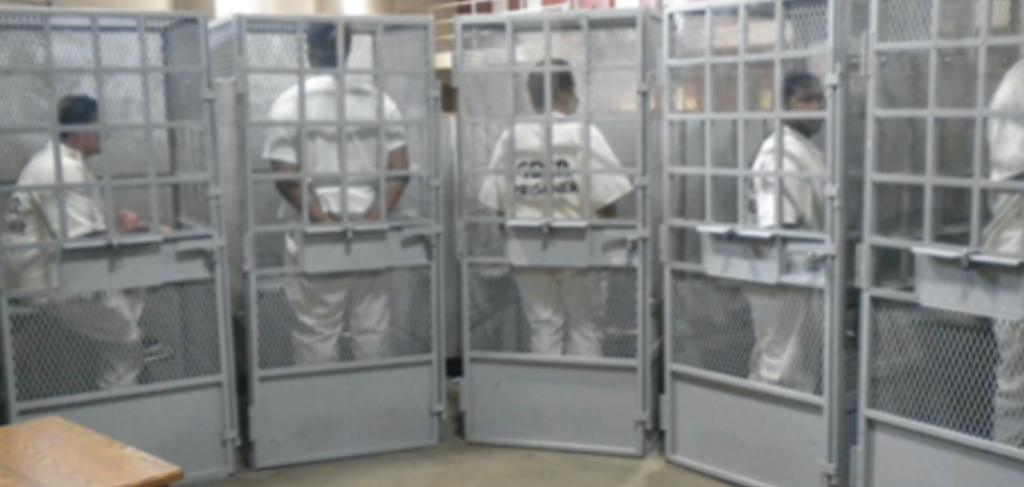Reports
When did prisons become acceptable mental healthcare facilities?
Dowload Report Here: When Did Prisons Become Acceptable Mental Healthcare Facilities?

Introduction:
We can no longer ignore the massive oppression we are inflicting upon the mentally ill throughout the United States. Over a century ago, Dorothea Dix began a movement to improve the deplorable conditions of mentally ill prisoners. Despite her success in changing the country’s perception and treatment of the mentally ill in prison, we are now right back where we started in the nineteenth century. Although deinstitutionalization was originally understood as a humane way to offer more suitable services to the mentally ill in community-based settings, some politicians seized upon it as a way to save money by shutting down institutions without providing any meaningful treatment alternatives. This callousness has created a one-way road to prison for massive numbers of impaired individuals and the inhumane warehousing of thousands of mentally ill people.
From time to time there have been efforts to expose this disaster but, until now, bold proposals for solutions have been lacking. We have seen periodic criticism, but no serious desire or determination for change. We, in California, can and will do better. Today, we jointly offer three modest but significant proposals to start us on the path of compassionate, fair and cost-effective solutions to the crisis we face.
Prop. 36 Recidivism Report
Download Report here: Proposition 36 Recidivism Report

Abstract:
Since the enactment of the Three Strikes Reform Act (“Proposition 36”) by California voters in November 2012, approximately half of all inmates eligible for relief under Proposition 36 have been released from custody, according to the California Department of Corrections and Rehabilitation data (“CDCR”).
The CDCR data show that the recidivism rate of these prisoners is far lower (1.3 percent) than that of all other inmates released from prison over the same period of time (over 30 percent), underscoring the success of Proposition 36.
Prop. 36 Progress Report
Download Report here: Proposition 36 Progress Report

Abstract:
This Report is co-published by the Stanford Three Strikes Project and the NAACP Legal Defense and Eduction fund on milestone of the 1,000th inmate released under the Three Strikes Reform Act of 2012 (“Proposition 36”).
Proposition 36 offers an opportunity for eligible California prison inmates sentenced under California’s prior Three Strikes law for non-serious, non-violent crimes to seek a sentence reduction from their sentencing courts. Fewer than ten months after the California electorate voted overwhelmingly in favor of Proposition 36 in November 2012, over 1,000 inmates have been resentenced and released pursuant to its provisions. Although many prisoners have been resentenced, there are still more than 2,000 eligible cases outstanding, including over 800 unresolved eligible claims in Los Angeles County alone.
This Report shows that the recidivism rate of prisoners released under the Proposition 36 (2 percent) is well below California’s statewide average (16 percent). The Report also presents individual success stories of some of those resentenced and released.
Finally, this report proposes recommendations to address outstanding issues regarding the proposition’s implementation, including expediting the review of over 2,000 prisoners still waiting for their cases to be resolved under Proposition 36; ensuring that prosecutors and public defenders have adequate resources to litigate those cases; and providing better housing, drug treatment, and job training opportunities for prisoners reentering the community.
